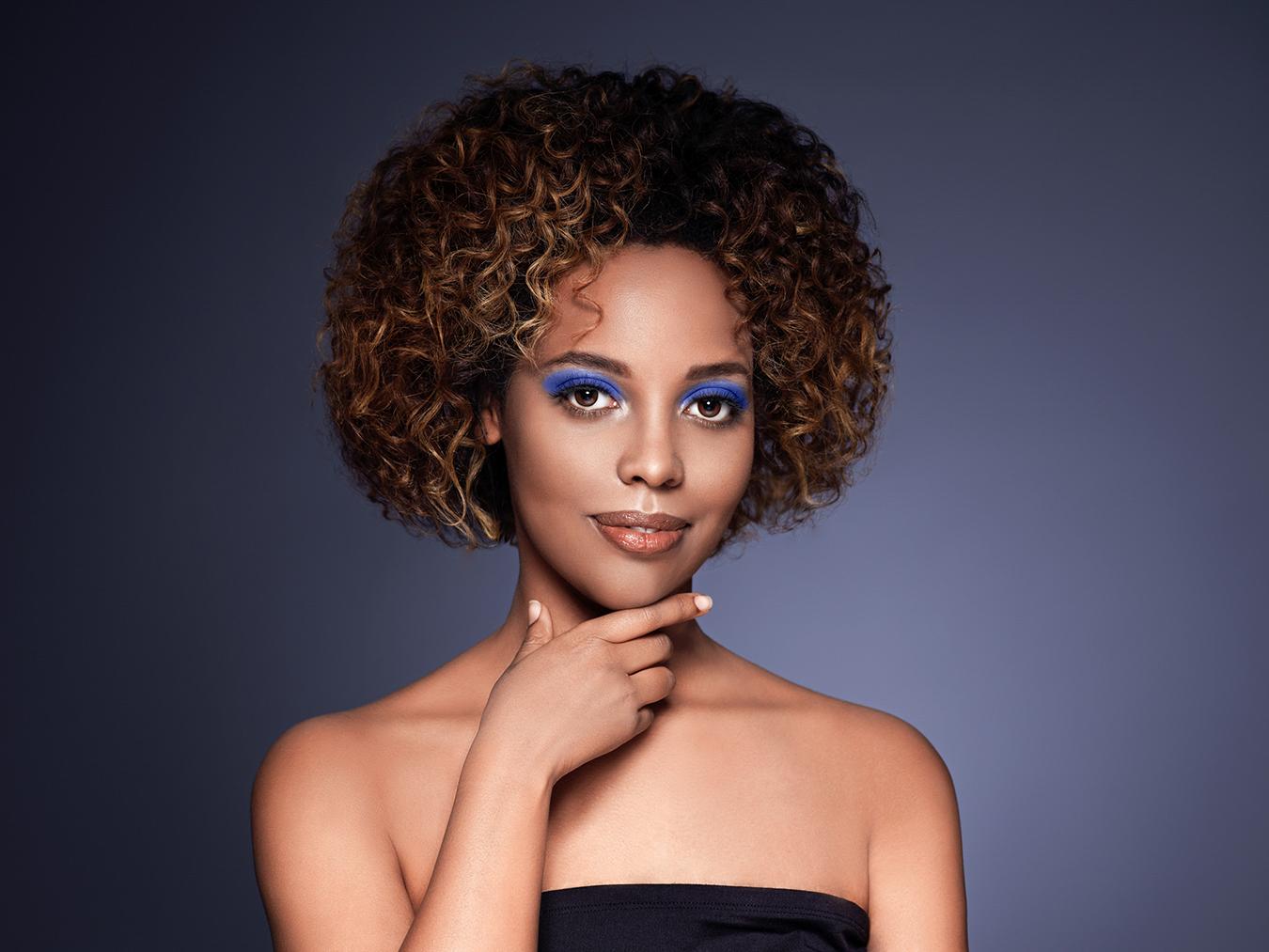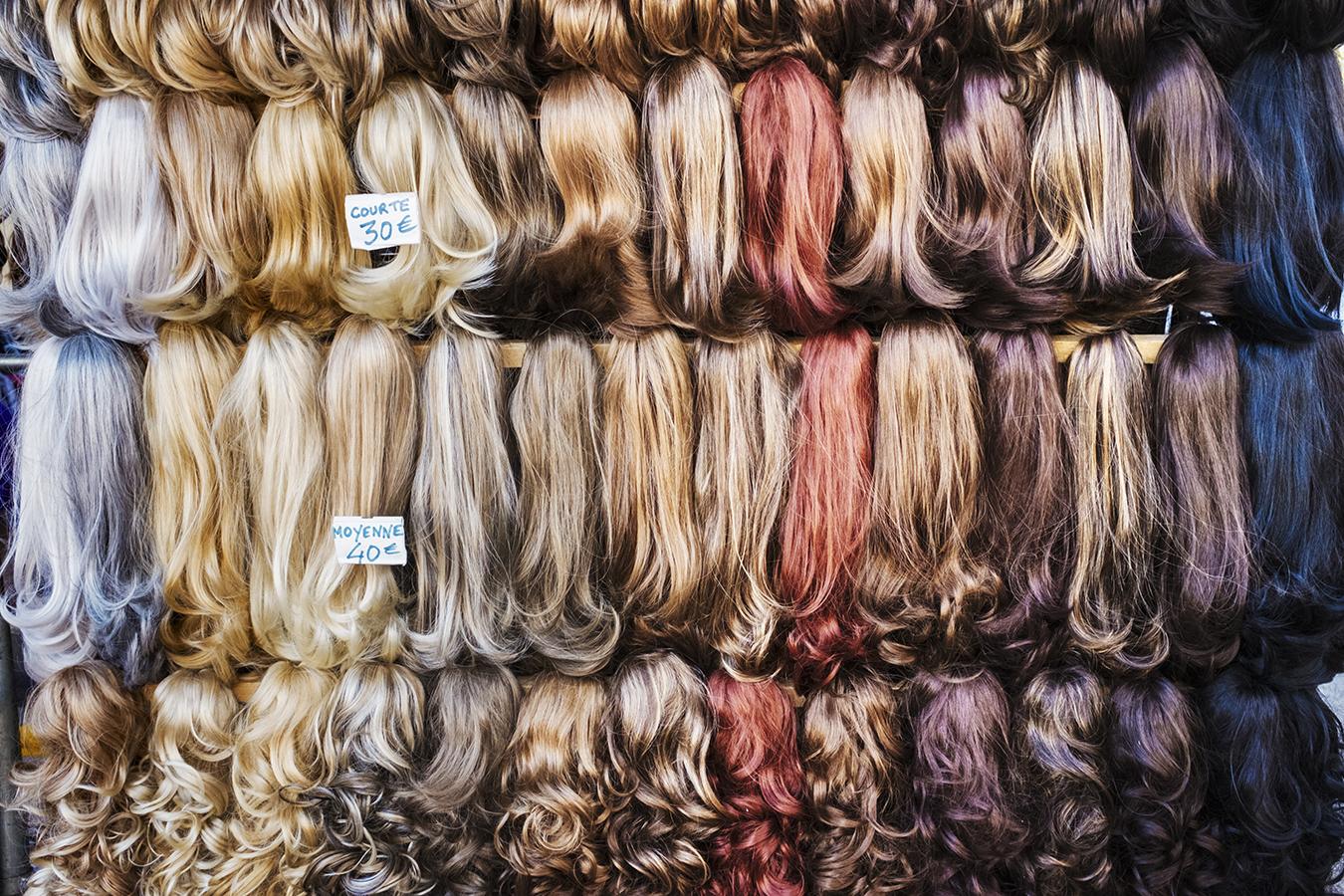Clip-in Hair Extensions 101: How to Find and Pick the Best One For You

Clip-in hair extensions have been dominating the world of fashion for some time now, and a good reason. Once you get your ideal clip-ins, it only takes a few minutes to install them and give your hairstyle a complete makeover. The only catch there is really, is finding the matching clip-in extensions for your hair type.
The characteristics of your hair will determine whether you need some 3c hair extensions, or maybe a good set of 4a ones. You can find plenty of sources on the internet that can help you determine your hair type if you are not sure which type you are. Numbers 1 to 4 determine how straight, wavy, or curly your hair is.
The letters after the number are mostly related to the volume and resistance of your hair, but we will go into more detail about this further in the article.
Identifying Your Hair Type
Many women are often left wondering what exactly is their hair type, and how they can identify it. There are multiple categorizations in use around the globe, but we will go through one of the most used methods that we have mentioned in the introduction to this article, the Andre Walker hair typing system. The basic division would be based upon how straight or curly your hair is, before splitting those groups into further subsets.

Type 1 – Straight Hair
There’s not too much philosophy here, type 1 is for people whose hair is generally straight. It is, however, split into subtypes 1A, 1B, and 1C depending on other characteristics.
- 1A: The thinnest hair, often very fine and shiny
- 1B: Medium-textured, with more volume to it than 1A type
- 1C: Relatively coarse compared to other subsets, this hair type shows more resistance to curly styling than the other type 1 hair subsets
Type 2 – Wavy Hair
This represents the middle-ground between straight hair and curly hair. For hair that is coarse and has waves, but not quite enough to be called curly.
- 2A: Thin and fine hair. It is generally easy to manipulate, as it can be curled or straightened with no trouble at all.
- 2B: A bit more volume than type A, this type of hair has waves that tend to follow the overall shape of your head.
- 2C: Noticeably coarse, very close to being curly
Type 3 – Curly Hair
Curly hair means that the strains have a visible “S” shaped pattern of curl. This type of hair tends to lose its shine compared to straight or wavy hair types.
- 3A: As thin as curly hair gets, this hair type tends to be very loose and keep its shine
- 3B: As usual, a bit more volume than it’s predecessor, this hair type has a fine amount of spiral-shaped curls
- 3C: Thick, tight curls or coils that form the shape of a corkscrew
Type 4 – Kinky Hair
Kinky or coily hair is full of tight coils but is also pretty fragile. This is the most common hair type for African American people.
- 4A: Full of tight coils, with a visible “S” pattern on the strain when stretched out
- 4B: This group’s pattern is less defined and is more shaped like a “Z”, as the angles on the hair’s bends tend to be a lot sharper
- 4C: According to Andre, this type should not be recognized as a subset. In his words, if you can identify a defined curl pattern – you’re type 4A if you can’t – you’re 4B, simple as that
This is the basic hair typing system that you should be aware of when picking the right clip-in hair extensions for yourself. You should also always have a clear picture of what hairstyle you’re going after. How much of your natural hair will be visible? How long do you want the extensions to be?
Should you pick the wrong hair type, it can often result in your hair not looking as natural as you would have liked. However, it is not that hard to make a clear identification of your hair type, and you can always turn to an expert should you need any advice on that. Today’s extensions are also mostly very adaptable, and can even be tampered with and colored, to adapt to any desired hairstyle you may have in mind.
Common Mistakes

Although this is the simplest process of hair extension, there are still certain mistakes that you can make that can affect your result. These mistakes are mostly a starter’s error, and are very easily corrected and never repeated.
Clipping Them Too High On Your Head
This is considered the most common mistake you can make. The top of your head simply doesn’t have enough hair to cover up the top of your wefts, making it look unnatural in most cases. Your clip-in hair extensions should only go as high as your eyebrows and clipped on as close to the root of your hair as it can get.
For the front of your face, stick to the very thin and narrow extension wefts that are specially made for the top of your head. These are easier to conceal and hold their place, so they will not compromise the hairstyle you are trying to achieve.
Wrong Hair Type
As we mentioned before, it is very important to match your hair type to the clip-in extensions that you are adding. If your hair is soft and thin, and you give yourself a set of extra-thick strains, it will simply look wrong and not natural. You need to get yourself as close of a match as possible to make your extensions blend seamlessly into your natural hair if you want to achieve the perfect result.
Too Many Hair Wefts
A lot of times when you buy a pack of clip-in extensions, you will get more than you need to use in one sitting. It is important not to be too eager to use them all but only use as many as you need to give you your desired look. Overstacking the wefts will make them a lot harder to hide and make it obvious for everyone to see that your hair is full of extensions.
Color Matching

The most common mistake in color matching is that people often don’t keep in mind that extensions are extending your hair, hence should be matched with the color that is at the middle or the end of your hair. You don’t want to match it to the root.
Another thing to try is to avoid taking all the extensions in the same color. Adding wefts with a slight difference in shade will result in a much more natural look.
To Sum It Up
We hope that this article has helped guide you onto the right path when choosing your perfect clip-in hair extensions. Should you follow these steps and put some time into doing your research to find the best matching extensions for your hair – you will almost certainly be happy with them in the end.
